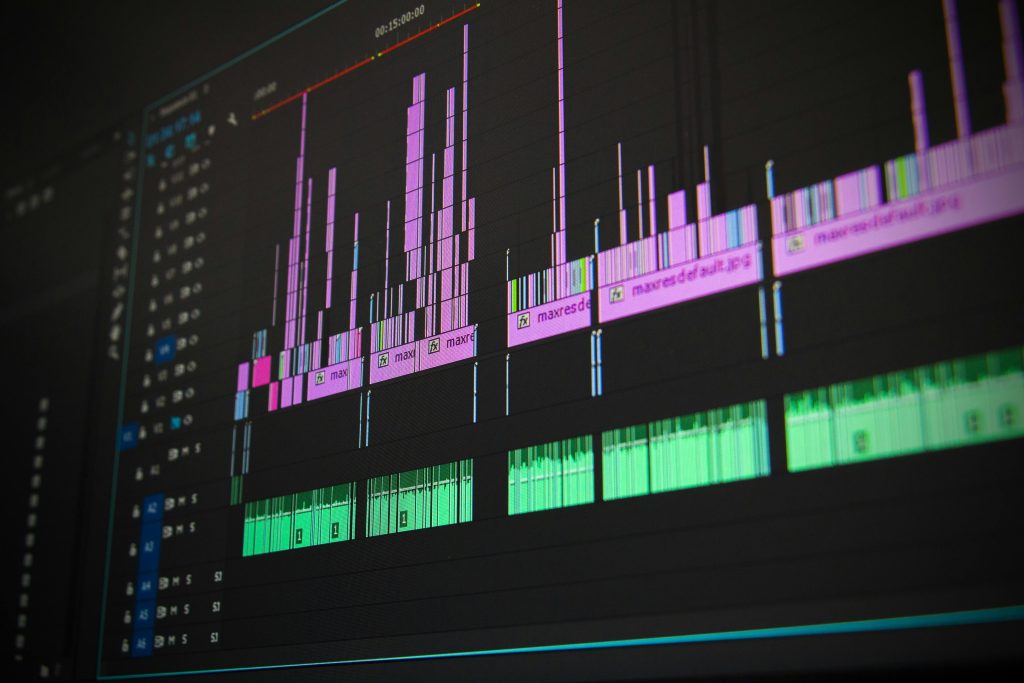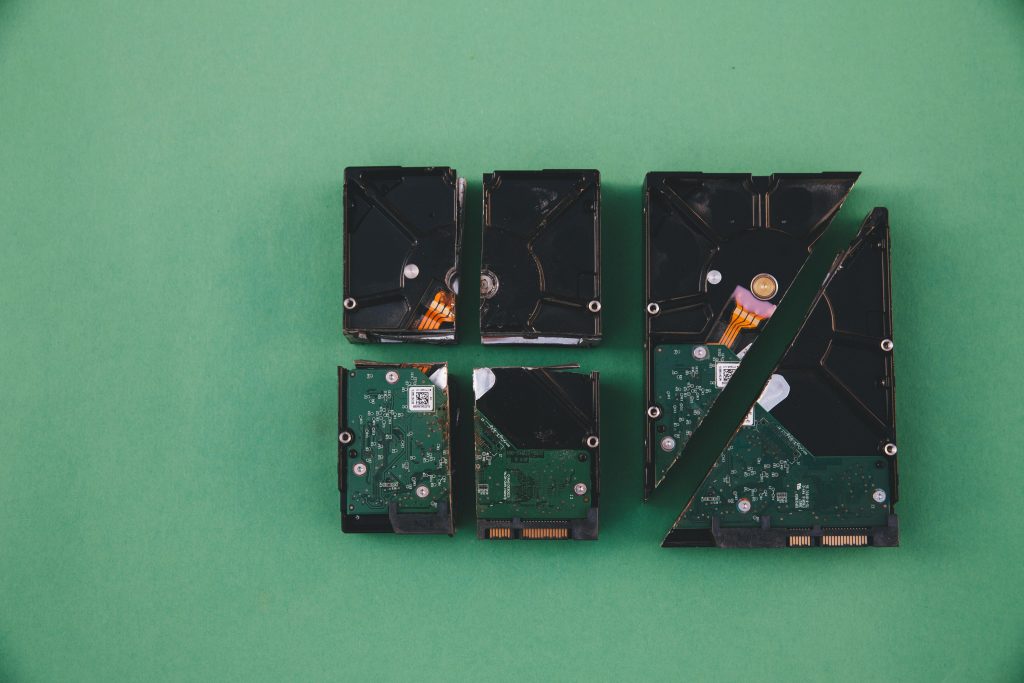troubleshooting Guide: GPU Not Displaying and Not Recognized in Device Manager
Introduction
Experiencing graphical card issues can be frustrating, especially when your GPU suddenly stops displaying output and fails to appear in the Device Manager. If you’re facing a situation where your NVIDIA GeForce GTX 1660 is not showing any display output and isn’t recognized by your system, you’re not alone. This comprehensive guide aims to help you diagnose and resolve the problem efficiently.
Common Symptoms
- No display output from the GPU
- GPU not appearing in Device Manager
- Video card occasionally running at full speed randomly
- System recognizes other GPUs if tested
- Basic troubleshooting steps taken without success
System Specifications
- Processor: Intel Core i5-9400
- Motherboard: H310M-E R2
- RAM: 16GB DDR4
- Power Supply: 650W
- Graphics Card: ASUS GeForce GTX 1660 Dual Fan
- Operating System: [Specify your OS here, e.g., Windows 10/11]
Troubleshooting Steps
- Verify Hardware Connections
- Ensure the GPU is properly seated in the PCIe slot.
- Check power cables connected firmly to the GPU.
-
Confirm the monitor is connected to the correct display port on the GPU.
-
Reset CMOS Settings
- Resetting the BIOS/UEFI can resolve hardware recognition issues.
- Power off your system, unplug from power source.
- Remove the CMOS battery or use the motherboard’s CMOS reset jumper.
- Wait a few minutes, then reinstall the battery or reset jumper.
-
Power on and check if the GPU is recognized.
-
Use Display Driver Uninstaller (DDU)
- Remove existing GPU drivers thoroughly.
- Boot into Safe Mode.
- Run DDU to uninstall all GPU driver remnants.
-
Reboot normally and install the latest NVIDIA drivers compatible with your GTX 1660.
-
Show Hidden Devices in Device Manager
- Open Device Manager.
- Click on “View” > “Show hidden devices.”
- Check under “Display adapters” for the GPU.
-
If it appears as a generic device or unknown device, right-click and choose “Update driver.”
-
Add Legacy Hardware
- In Device Manager, select “Action” > “Add legacy hardware.”
- Follow the wizard to manually add hardware if necessary.
- Sometimes, this helps the system recognize hardware not properly
Share this content:



